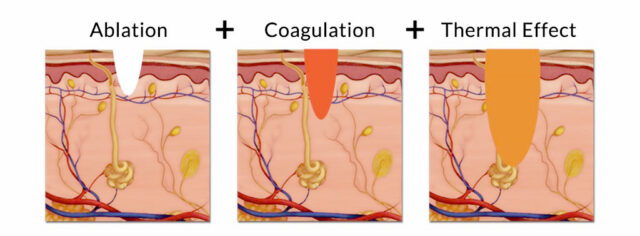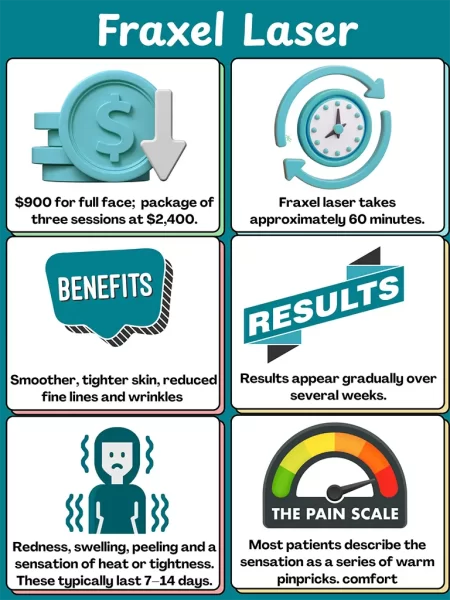Laser Coagulation in Dermatology: A Clearer, Healthier Skin
Laser coagulation is a cutting-edge dermatological technique that uses laser energy to treat various skin conditions by sealing blood vessels, reducing redness, and promoting collagen production. This non-invasive treatment is commonly used for vascular lesions, rosacea, spider veins, and other skin concerns that require precision without damaging surrounding tissues.
By applying controlled laser heat, dermatologists can selectively target problematic areas, leading to improved skin texture and tone. Whether you’re looking to diminish visible veins or reduce inflammation, laser coagulation offers an effective and safe solution with minimal downtime.


Understanding Coagulation
Coagulation is the process by which blood changes from a liquid to a gel, forming a clot. In the context of fractional non-ablative laser therapy, such as Fraxel, coagulation refers to collagen cocking and to the controlled damage of specific skin tissues, creating a natural response that leads to healing and regeneration.
- Targeted Coagulation: The laser beams create microthermal zones, coagulating small fractions of tissue. This targeted approach leaves the surrounding tissue intact, focusing the healing response where it’s most needed.
- Initiating the Healing Response: The coagulated tissue signals the body to initiate its natural healing processes. This includes the removal of damaged tissue and the stimulation of collagen production.
- Collagen Synthesis: Collagen is crucial to the skin’s structure and elasticity. The coagulation effect of the laser stimulates collagen synthesis, leading to firmer, more youthful skin.
- Reduced Scarring and Hyperpigmentation: By focusing on coagulation rather than vaporization, fractional non-ablative lasers minimize potential scarring and discoloration, providing a more uniform complexion.
Why Choose Laser Coagulation for Vascular and Skin Concerns?
Unlike traditional treatments, laser coagulation is non-invasive, precise, and requires minimal recovery time. It effectively treats conditions like rosacea, spider veins, and angiomas without the need for surgery or extended downtime. With controlled heat energy, the laser targets and seals off problematic blood vessels, promoting clear, even skin.
Benefits of Coagulation-Based Treatment
- Controlled Treatment: By targeting only specific areas, the therapy minimizes damage to surrounding tissues, reducing recovery time.
- Enhanced Skin Appearance: The coagulation process tightens and smoothes the skin, reducing wrinkles and improving texture.
- Adaptability: The treatment can be adjusted to various skin types and problems, providing a versatile solution to skin rejuvenation needs.
- Non-Invasive: The non-ablative approach ensures minimal discomfort and downtime, making it more appealing to patients seeking non-invasive options.
The coagulation effect of fractional non-ablative laser therapy is central to its effectiveness in skin rejuvenation. By creating controlled coagulation zones within the skin, the therapy encourages natural healing and collagen production, resulting in a more youthful and vibrant appearance. This precise approach, focusing on the coagulation rather than the destruction of the skin, makes it an innovative and highly sought-after treatment for various skin concerns, with minimal risk and recovery time. Its role in promoting skin health and beauty continues to affirm its place as a leading method in modern dermatological practice.
Request Your Appointment Today
Request your consultation today and discover how our treatment can refresh your appearance.
Call us at (587) 520‑2835 or use our online booking form to schedule an appointment.
Read our privacy policy here